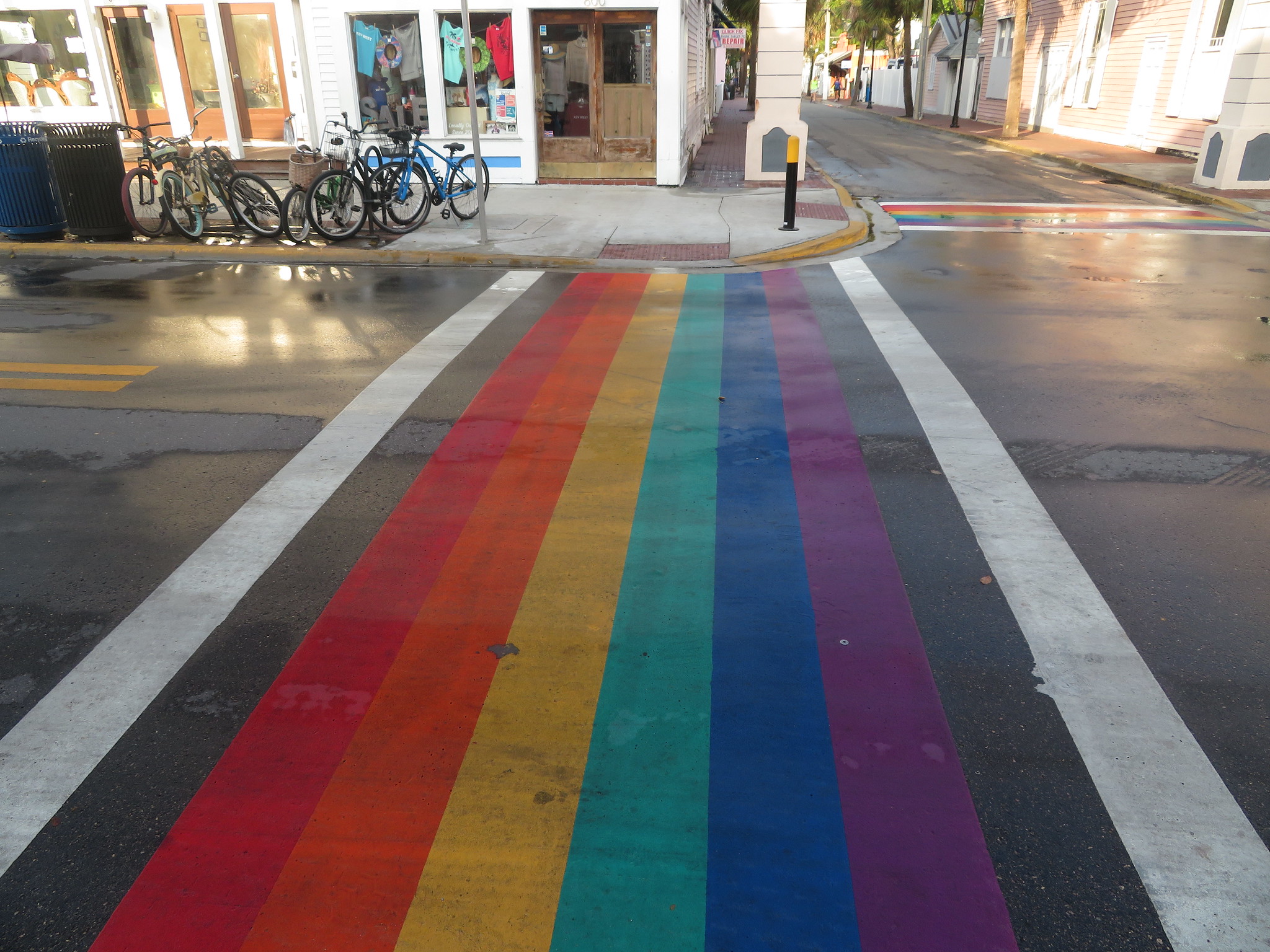In Washington, "grassroots lobbying" is more often associated with industry-funded issue campaigns than ground-up local advocacy. But residents of Detroit's industrial southwest neighborhoods took the term back to its roots on Friday, getting a personal visit from Environmental Protection Agency (EPA) officials after a groundswell of complaints about decaying air quality.
From the Detroit Free Press' report:
Environmental Protection Agency officials watched intently Friday asa computer that measures air pollution on the spot showed spikes aroundindustrial plants in southwest Detroit. ...
Nextto the plants in the 48217 ZIP code and nearby areas are wholeneighborhoods boxed in by oil recycling plants, asphalt makers, a steelplant, a stinky composting yard, a salt factory and an expanding oilrefinery.
"This is what we live with," said [Jayne] Mounce, who lives near Marathon's oil refinery and petroleum terminals.
Thisweek, Mounce said she had taken her own air samples with the help ofnational environmental monitoring group Global Community Monitor andfound lead-laden dust, which could come from a steel mill nearby. A fewmonths ago, similar sampling found a dangerous chemical in the air -- methyl ethyl ketone, a gas that can cause numbness, tremors and gait problems.
The story notes that EPA officials have "fewer than 50 air monitors" in the entire state of Michigan, where the industrial base has shrunk in recent years but remains a prime economic mover -- and generator of air pollution. Nonetheless, the Detroit residents' plea for stronger air quality standards is an unusual sight compared with the more common practice of localities seeking more lax rules or more time to comply with EPA pollution limits.
Methyl ethyl ketone, the gas found in local air sampling, is commonly found in manufacturing plant emissions as well as specific products such as industrial glue and the exhaust of cars and trucks, according to the Centers for Disease Control's toxic substances registry. In 2005 it was removed from the list of hazardous air pollutants regulated by the EPA under the Clean Air Act after a federal appeals court ruling that endorsed the move.





